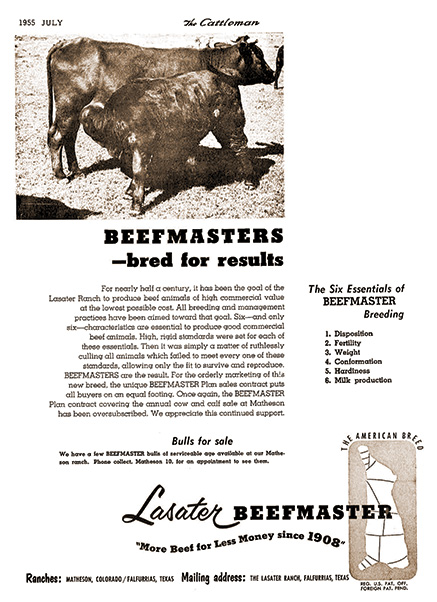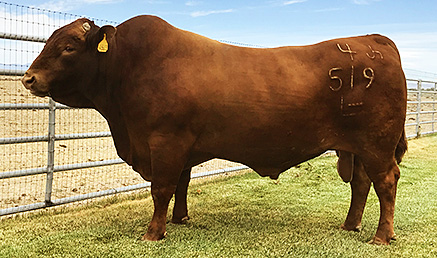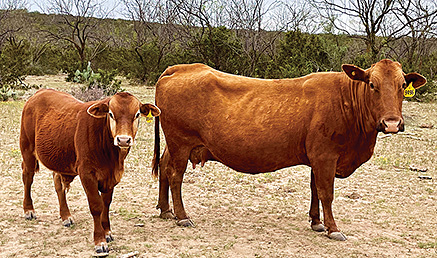

From the Fall 2021 issue of the Isa Informer
By Lorenzo Lasater, President
At Isa Beefmasters, we view females in the herd a little differently: Rather than being a collection of fancy individuals, they are integral parts of the larger factory. This well-oiled machine is comprised of high-performance cows, and we measure the overall performance of the factory by the strength of its calf crop.
We call this concept population genetics. Laurie Lasater best illustrates this concept in The Lasater Philosophy of Cattle Raising: “This program is called ‘population genetics’ and involves mass selection for clearly defined principles combined with rapid turnover in both males and females.” (p. 62)
So how do we implement population genetics into our breeding strategy? First and most importantly, we breed in a short season to calve at 24 months and raise a calf every year from then on. No exceptions. Magically, it turns out that cattle born out of this program are efficient, fertile, growthy and productive. This simple and free tool can be applied to any cow herd, anywhere, to make huge genetic improvement. The ad (pictured at right) from July 1955’s The Cattleman magazine shows how long these principles have been at work improving our gene pool.
 1955 ad from The Cattleman magazine.
1955 ad from The Cattleman magazine.The use of multiple-sire breeding differentiates Isa Beefmasters from our competitors’ programs. This pressure is one of population genetics’ secret weapons. Our commercial customers breed in large, multi-sire herds where bulls must fight for order and compete to breed. We believe that the extended use of single-sire breeding by the seedstock industry has decreased the libido in the bulls of many breeds. Our bulls compete to breed, ensuring high libido is built into the gene pool. Also, while we carefully choose our herd sires, nature chooses the individual matings. We trust the factory and the system to produce the best product.
 Semenbull L Bar 4519’s dam, L Bar 1417, was a Pacesetter that also raised another herd sire plus two top embryo donors. The value of her genetic impact is immense.
Semenbull L Bar 4519’s dam, L Bar 1417, was a Pacesetter that also raised another herd sire plus two top embryo donors. The value of her genetic impact is immense.At Isa Beefmasters, we strongly believe that females should prove themselves as capable members of the herd before their genetics are replicated through embryo transfer beyond what is naturally possible. We would never flush a heifer before she’s raised a calf nor choose donors based solely on pedigree or phenotype. We always choose them through the lens of herd performance and the Six Essentials.
Sometimes in this system, you can lose remarkable individuals before you realize how incredible they are. That was the case of L Bar 1417. This cow quietly raised four calves and achieved Pacesetter status, before coming up open and heading to town. She was long gone before we knew how outstanding those four calves were: she raised a herd bull, a semen bull (L Bar 4519), and two elite donor females (L Bar 6435 and L Bar 3404). It is virtually unheard of that a single female could have that much impact naturally.
 LBar9496, who weaned this outstanding bull as her 10th calf this spring, exemplifies the fertility and longevity honed through years of population genetics.
LBar9496, who weaned this outstanding bull as her 10th calf this spring, exemplifies the fertility and longevity honed through years of population genetics.For more than 80 years and many generations of cattle, we have strived to utilize population genetics to move the genetic needle for critical production traits. Come see for yourself the difference these traits can make in your own herd.
© ISA BEEFMASTERS 1996-2023 ALL RIGHTS RESERVED.